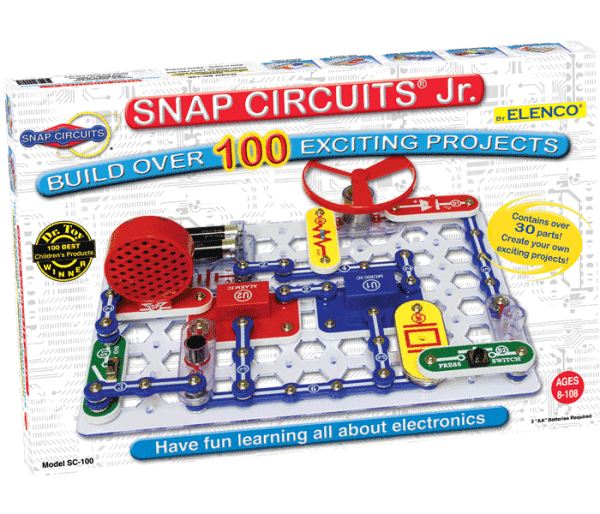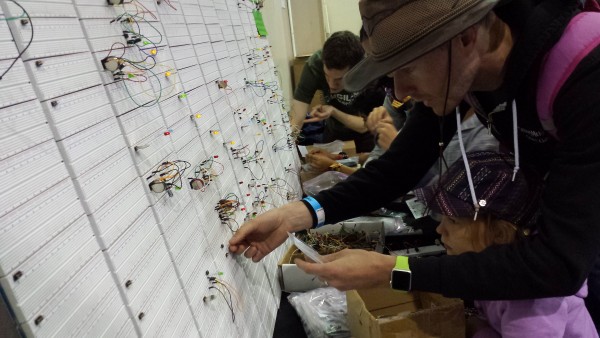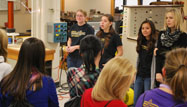When I was little, I always was inspired to put LEGOs together and take them apart. I could spend a whole day just building and playing around. When I was old enough to start understanding the concept of science and technology better, my parents gave me an Electronics making kit called Snap Circuits.

It gave me the chance to start building my own circuits (within reason, of course). I was so amazed at what I was capable of making. I could build a flying fan or an alarm clock with space sound effects or even a sensor that detects shadows. I was amazed at all the possibilities. But being a kid, I became quickly disinterested after a week.
Years later, when I was just finishing middle school, I found that same Snap Circuits kit again. I remembered how cool it was at the time when I got it. I started playing with it again. I made the circuits I couldn’t make and I understood them better. I could grasp the concept of how a light sensor works and how an A.M. radio receives signals. It was an exciting experience for me. Something that I used when I was younger made more sense to me know. I could do more based on the knowledge I learned since the first time I used that kit. It made me excited to see what I could do in the future.

This was one of the concepts that made me want to get into engineering. I was fascinated at the idea of learning how to make this work and what makes them tick.
I think this concept is true for just about any kid. Kids like to learn. A common assumption is that kids hate learning and school, but in reality they are generally curious about everything.
It’s hard to teach kids, though, because we can’t make things too complicated. Children get disinterested because what they are doing is either too challenging or they just don’t understand what is trying to be explained. There is a fine line between simplicity and challenging, and that line is where children understand what is happening.
I had another job at a university where our goal was to get kids excited about science and engineering. We would bring small circuits to classrooms for the students to build and explain what was happening when they built their devices. Not all of them would be understand what we were trying to show them but they were all engaged and interested. Sometimes we would go back to those classrooms the next year and the students would remember us. The great thing about this is that they remembered the circuits they built and they vaguely remembered the concepts behind the circuit.

Sometimes our group would go to high schools and give presentations to the students there and have them build robots. When talking to the students in smaller groups, a majority of them had already had planned on going to college and had an idea of what they wanted to major in. I was able to observe that a lot of the students that were going to do something science-related had built the same kind of robots we had brought. Some of them even owned them and eventually pulled them out at some point later in their life.

Working for a company whose main focus is education is very exciting. One of Digilent’s main goals is “…to make electrical engineering and design technologies understandable and accessible to all, by enabling educators and students with low cost-fundamental tools and curriculum.” To do this, we have to find a way to excite people about engineering and technology. As a nation we need to make a priority of getting kids excited about technology and science. We also need to do this with art and languages. If knowledge is engaging, it sticks.
https://www.youtube.com/watch?v=5zWhY5YyNTQ
The final step getting them engaged is re-introducing the concepts they learned when they were younger. They will be able to do more than when they started. It will show kids will be take what they learned years ago and go even further with it. Further than they could have ever imagined. That is how we should educate children about any concept.
There are a lot of great products out there already to help get your kid or anyone’s kid into engineering or science. All you really have to do is foster their interest in them.

